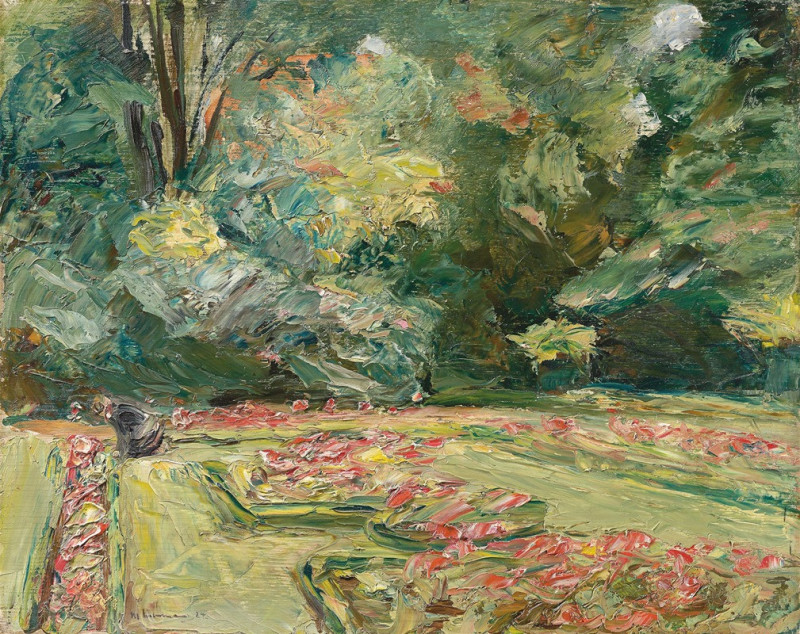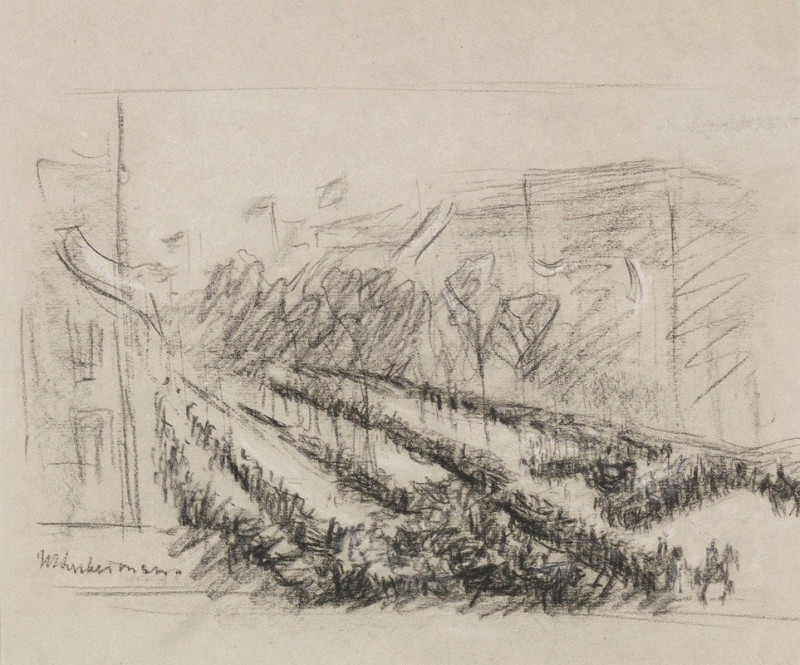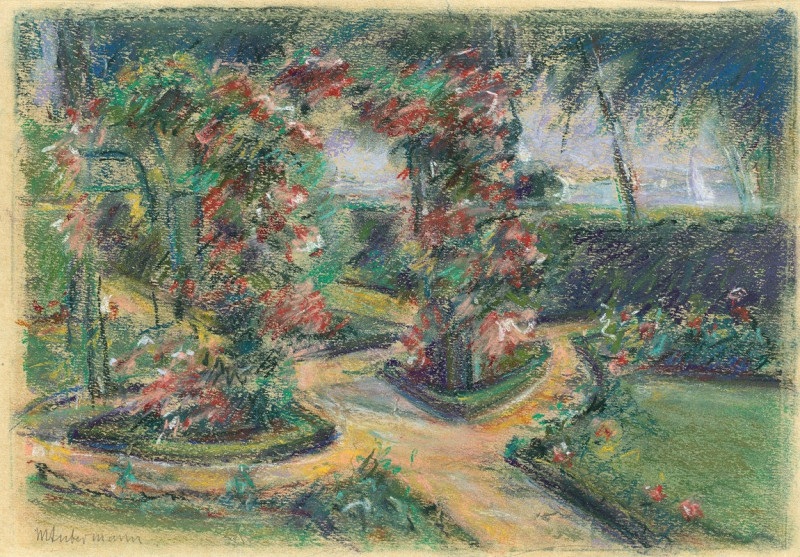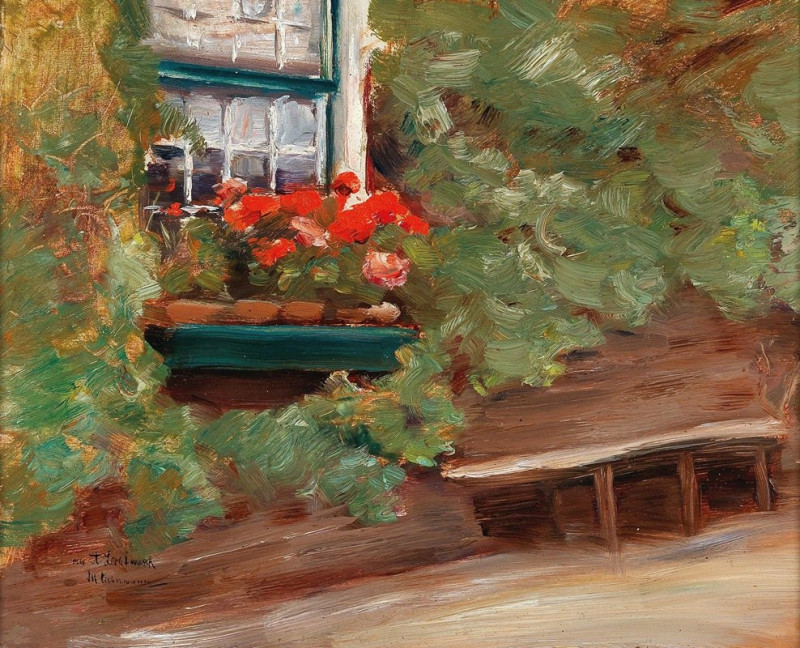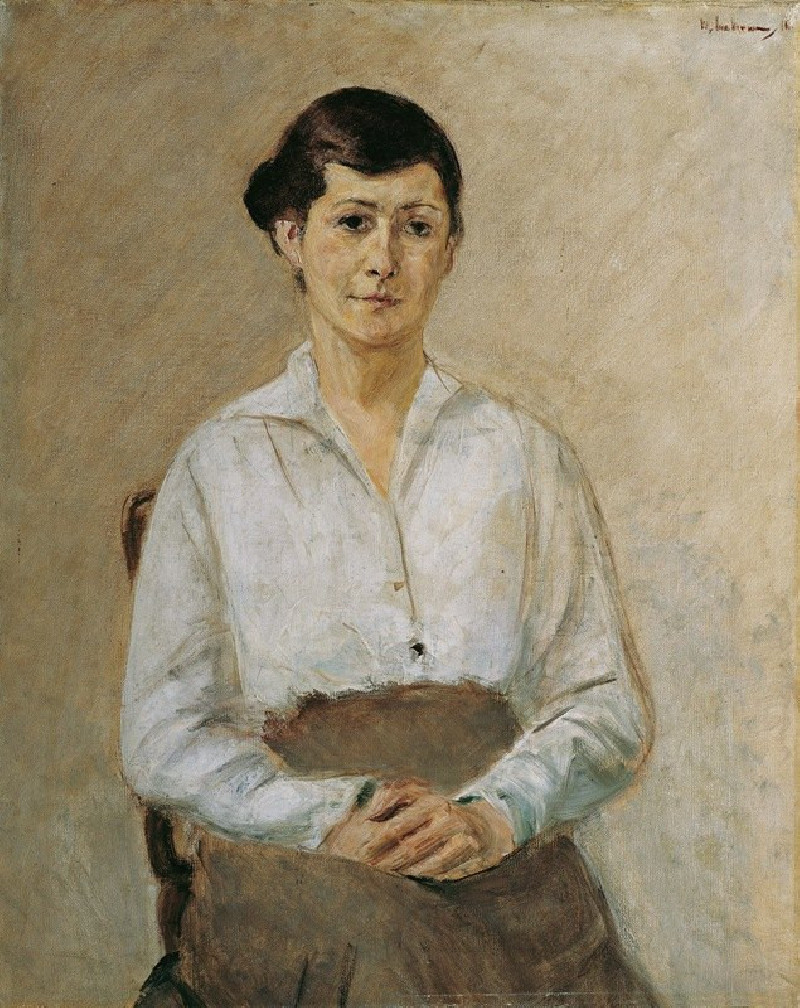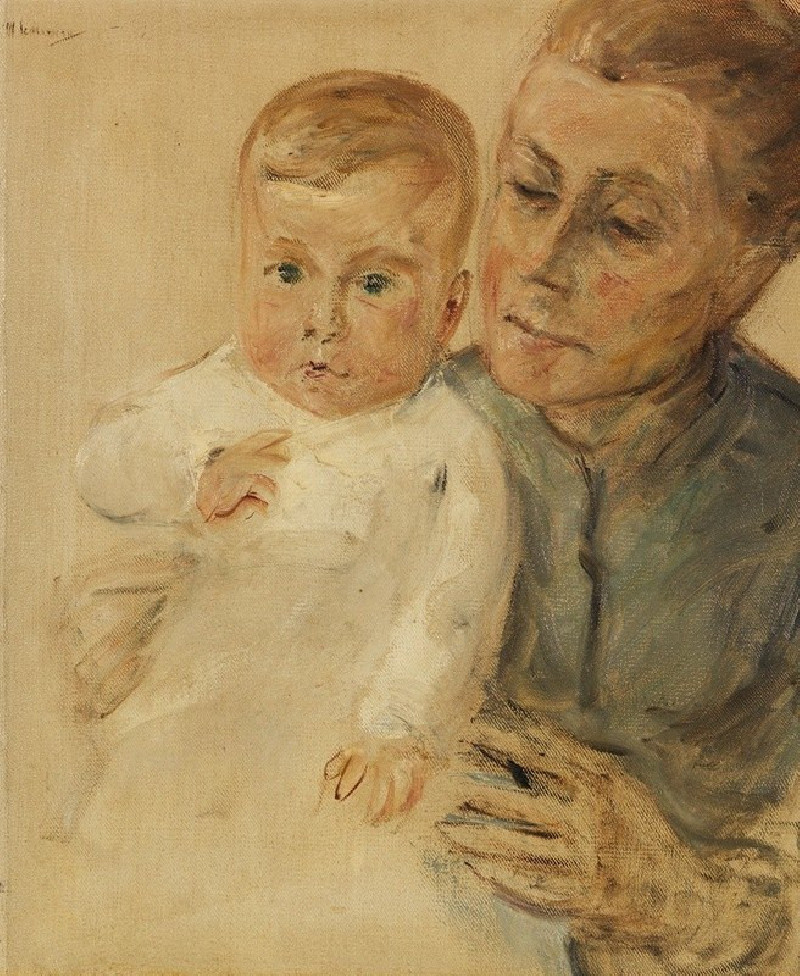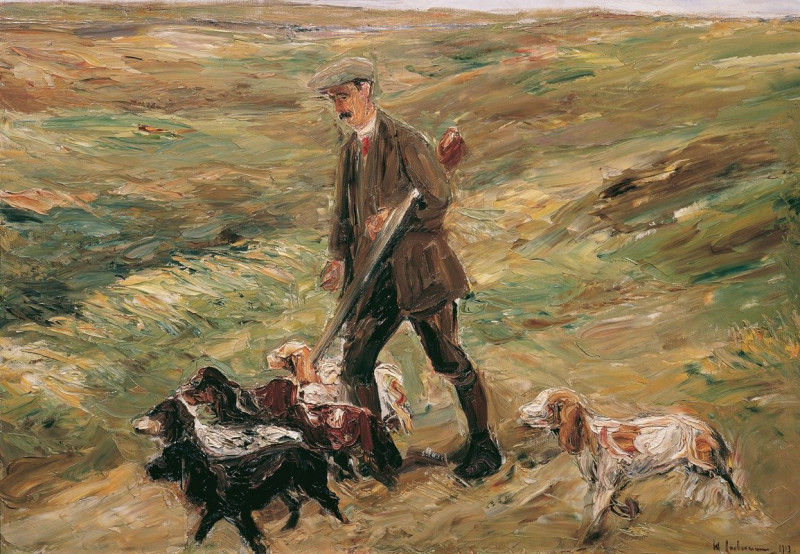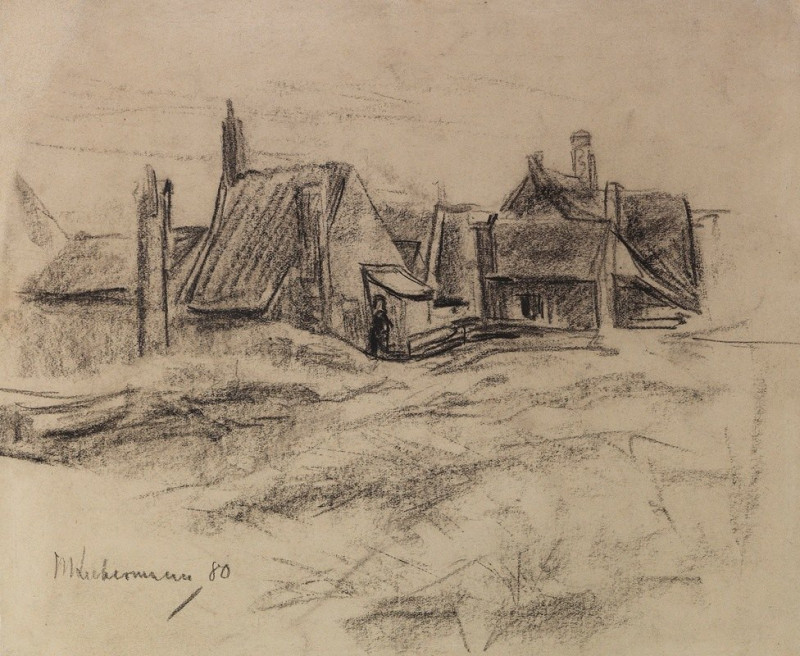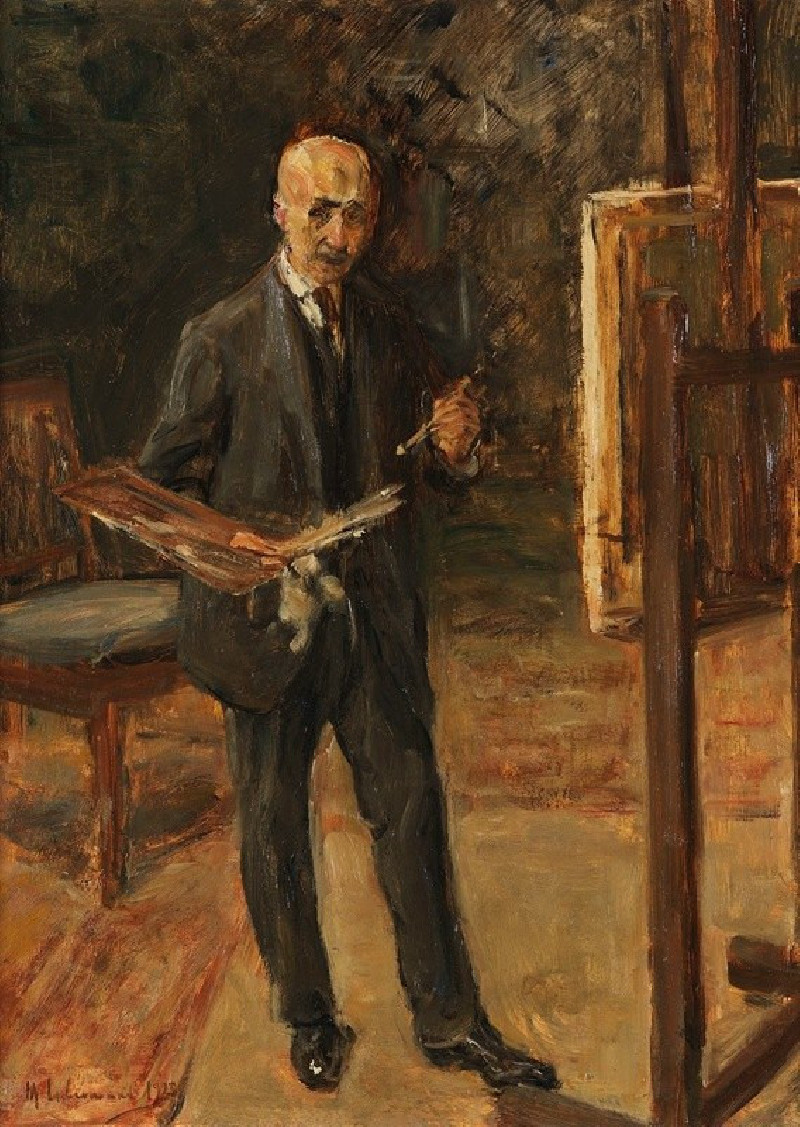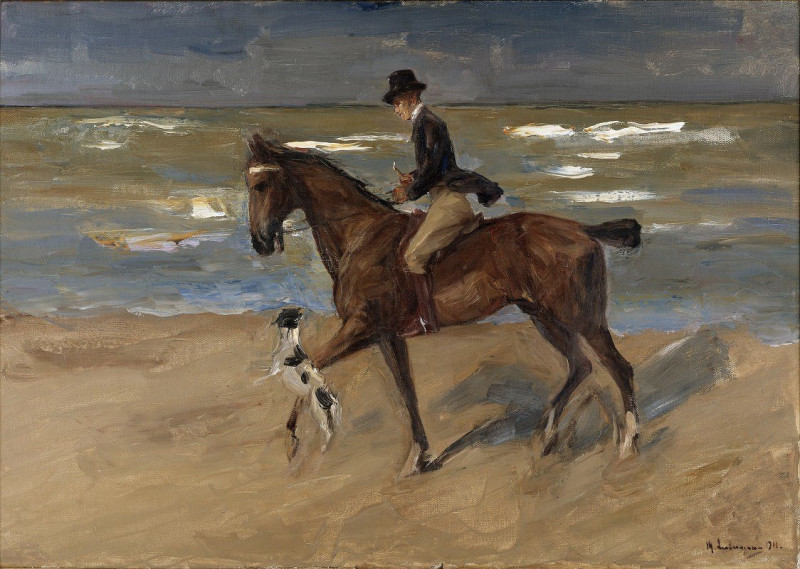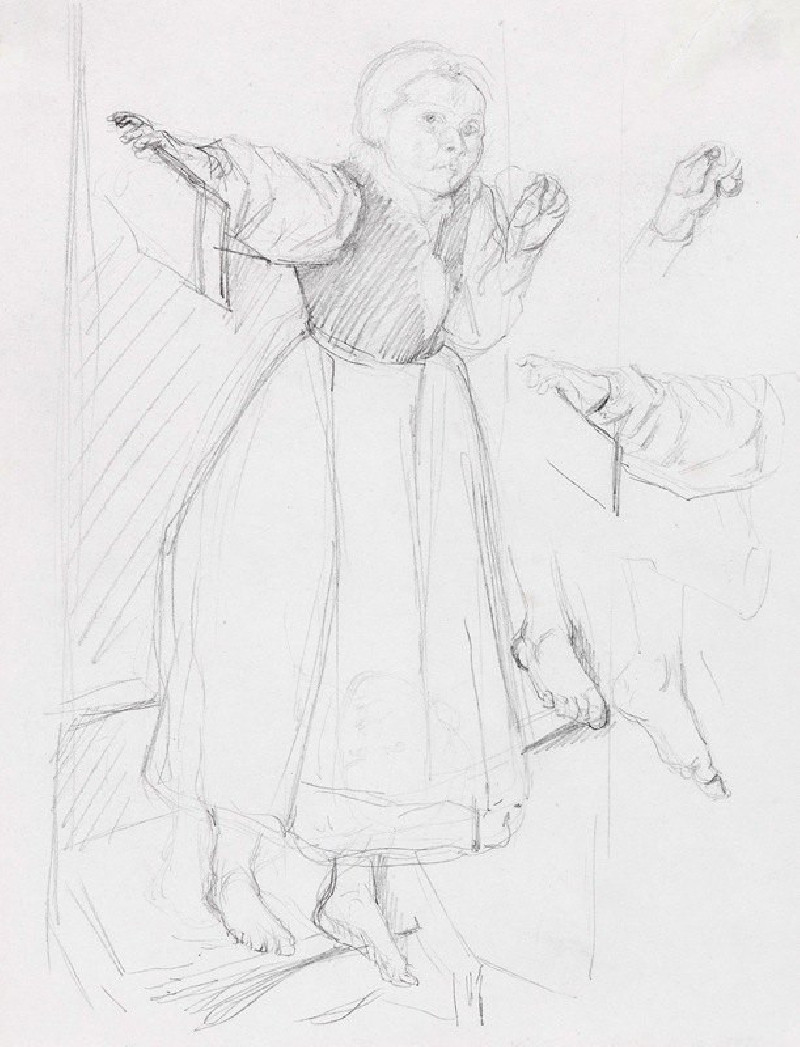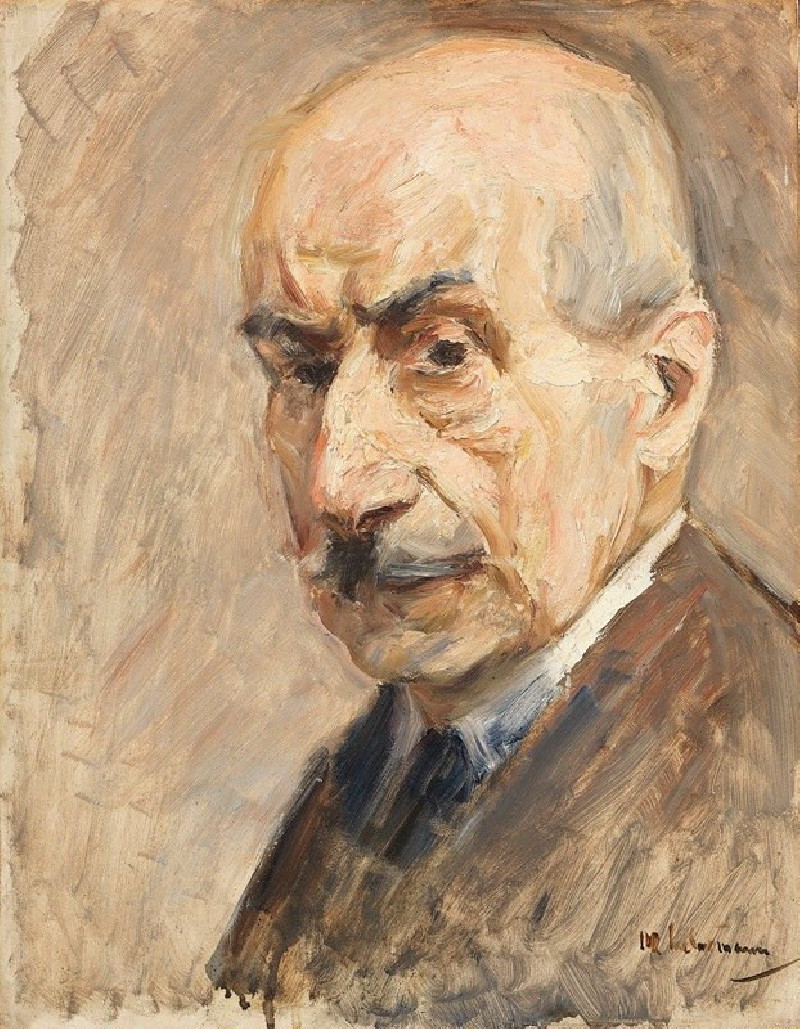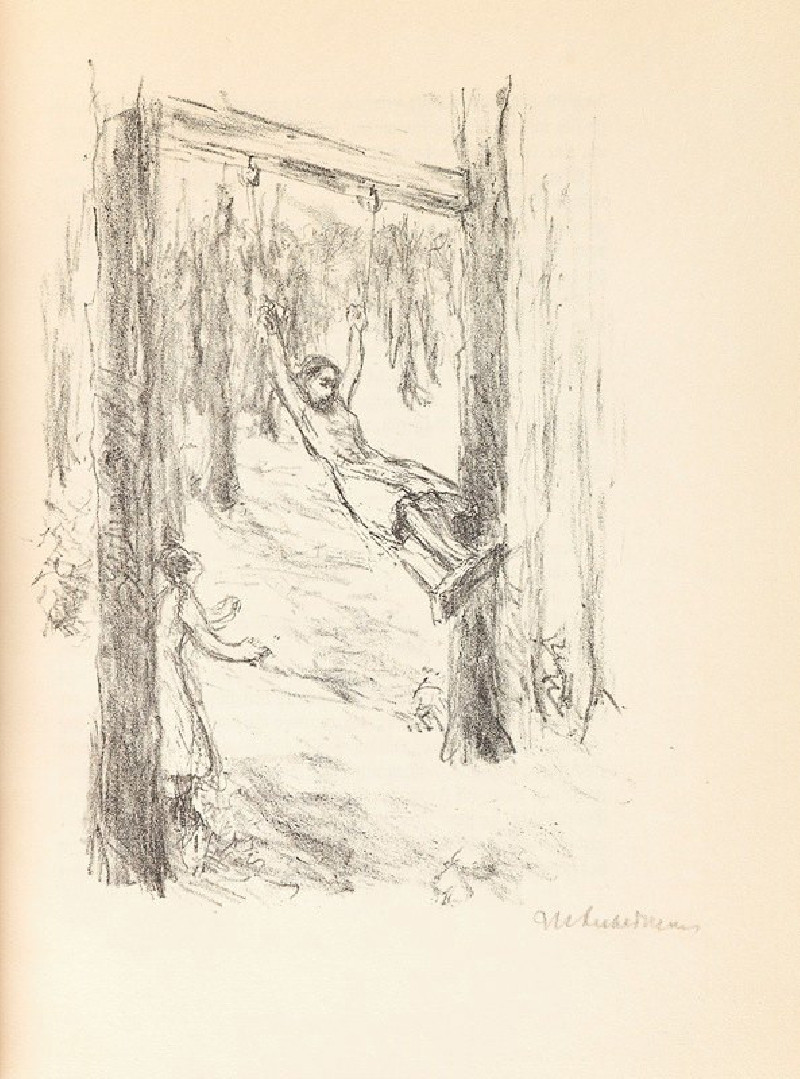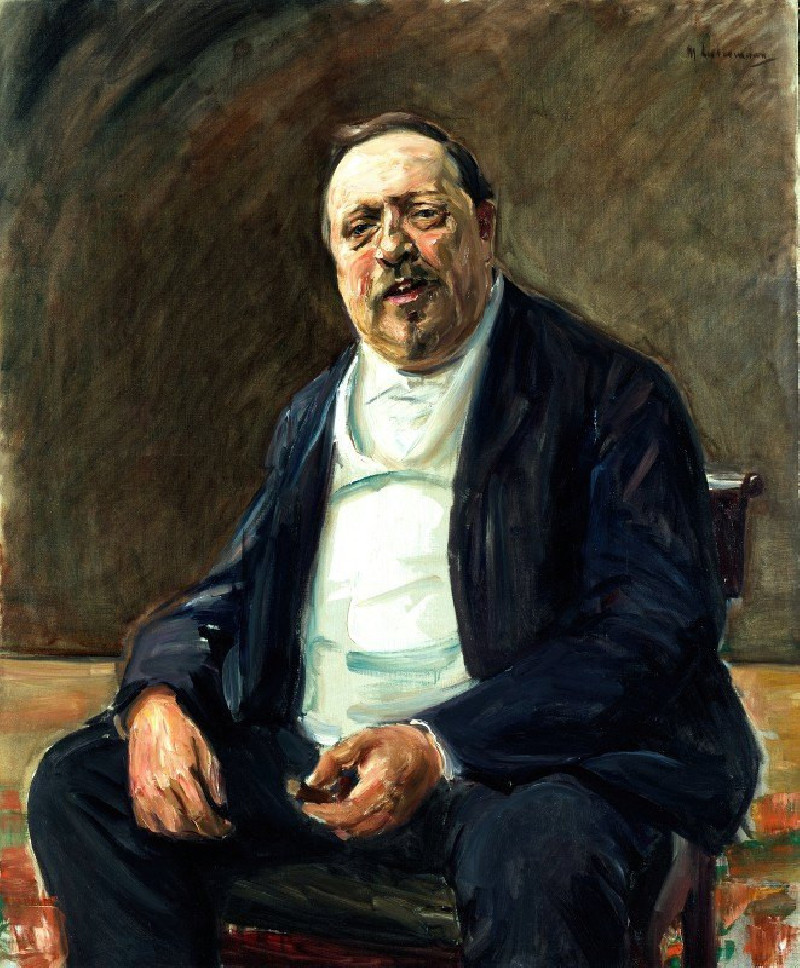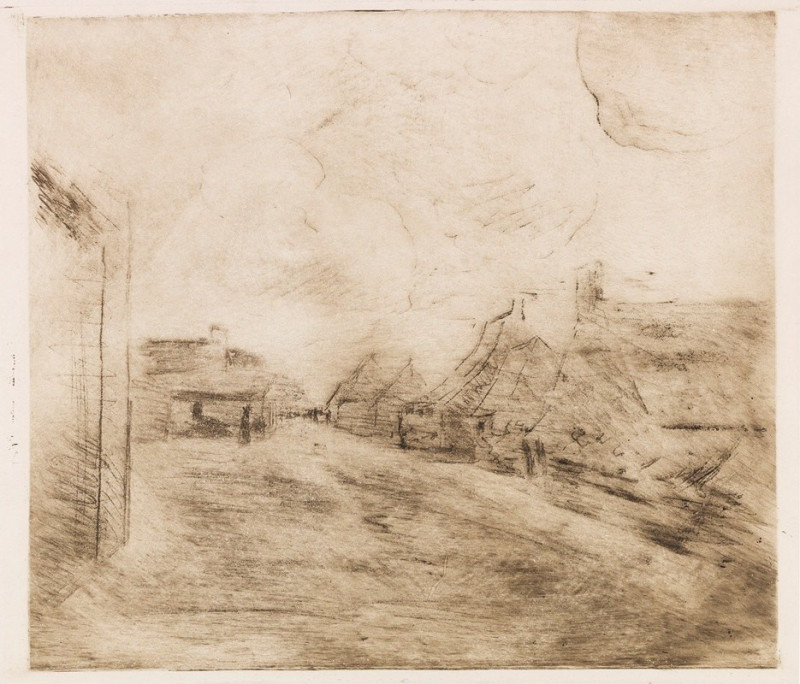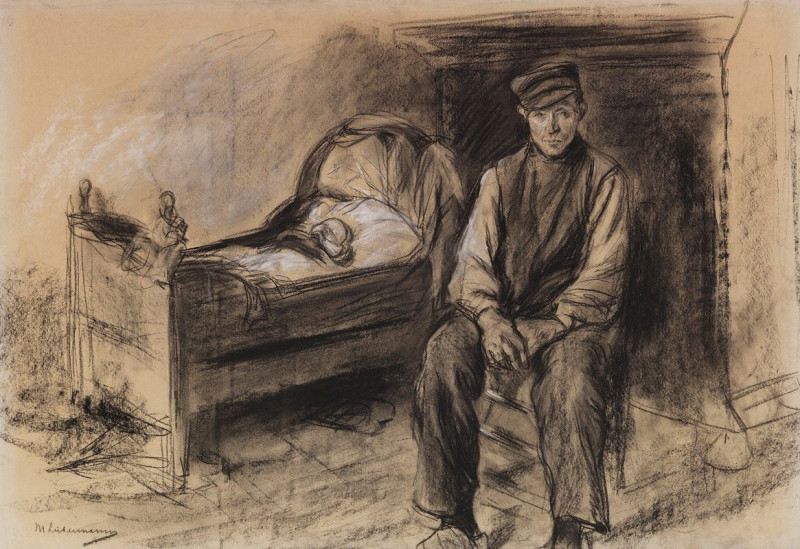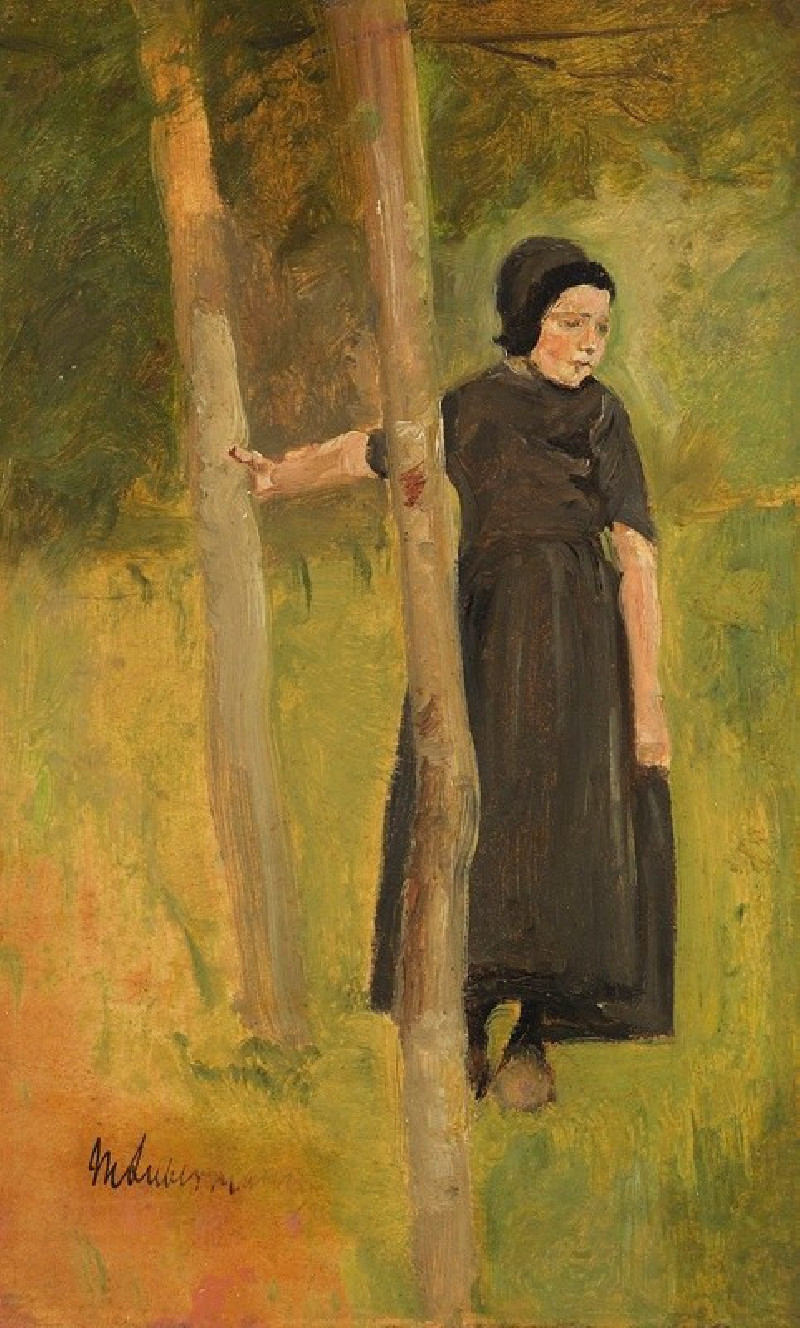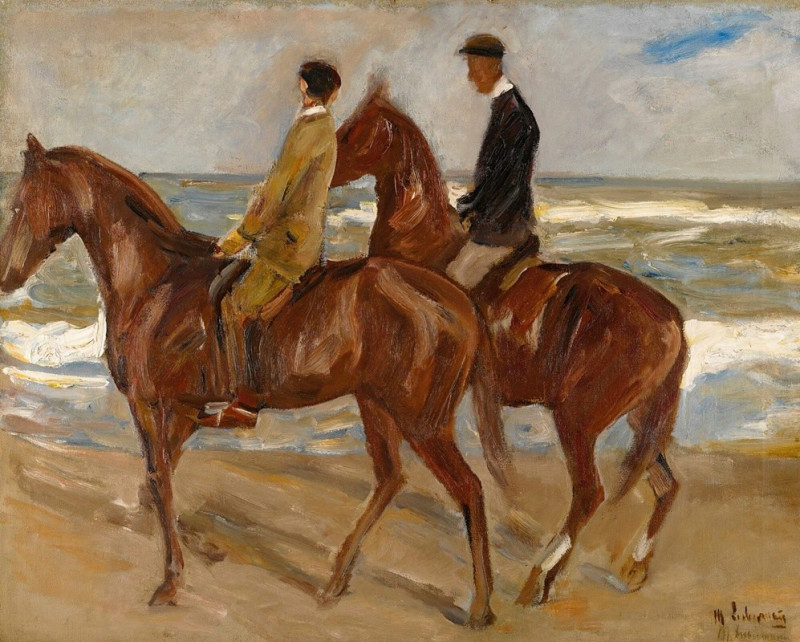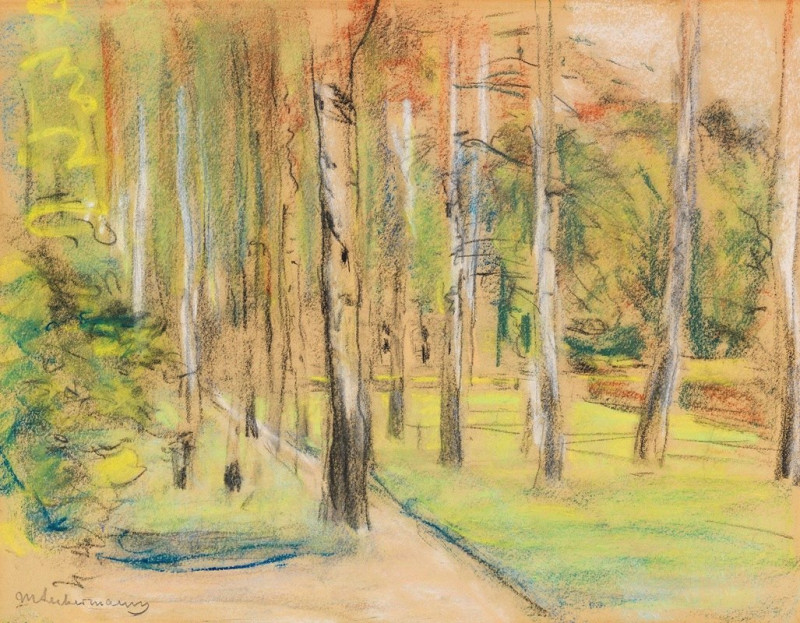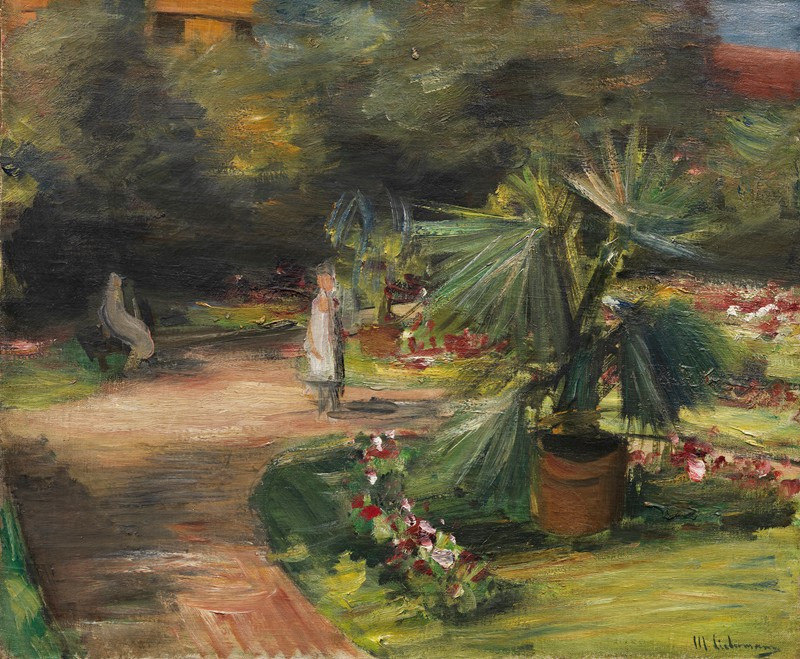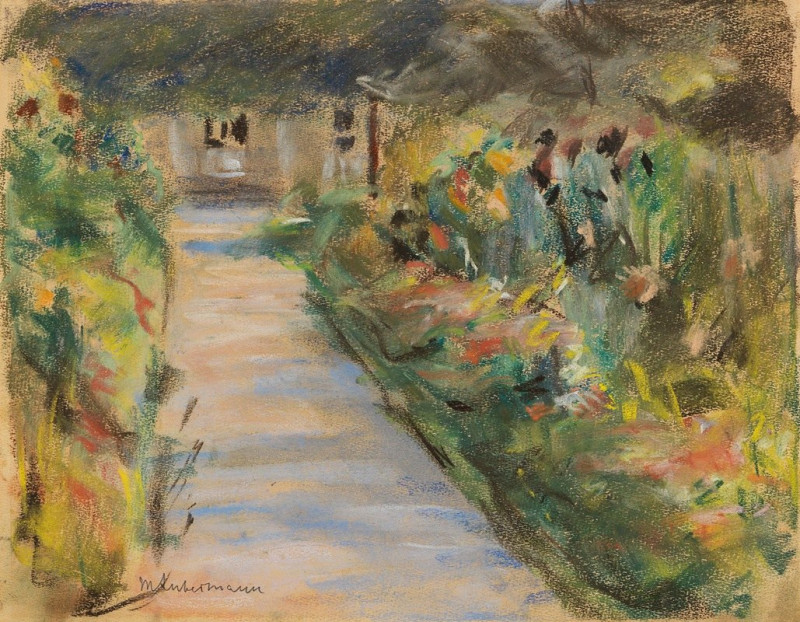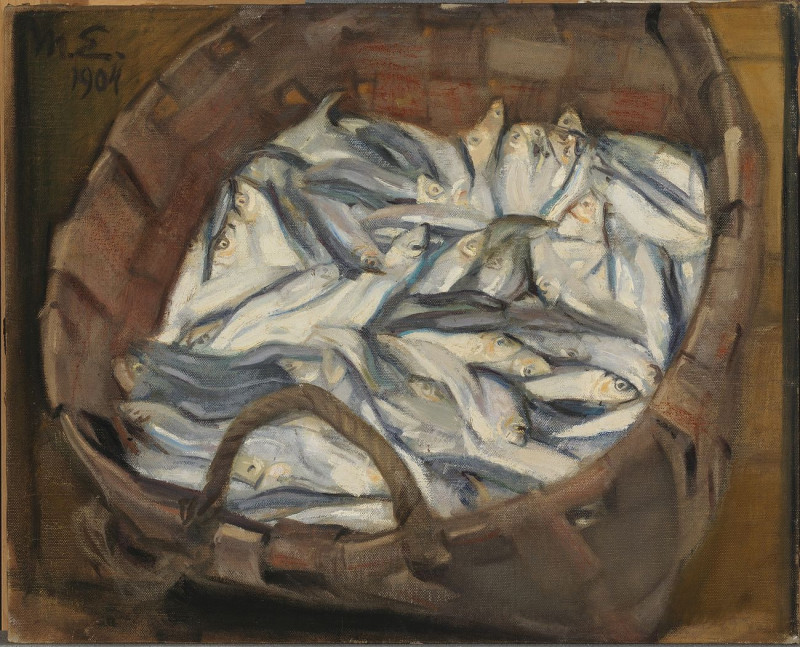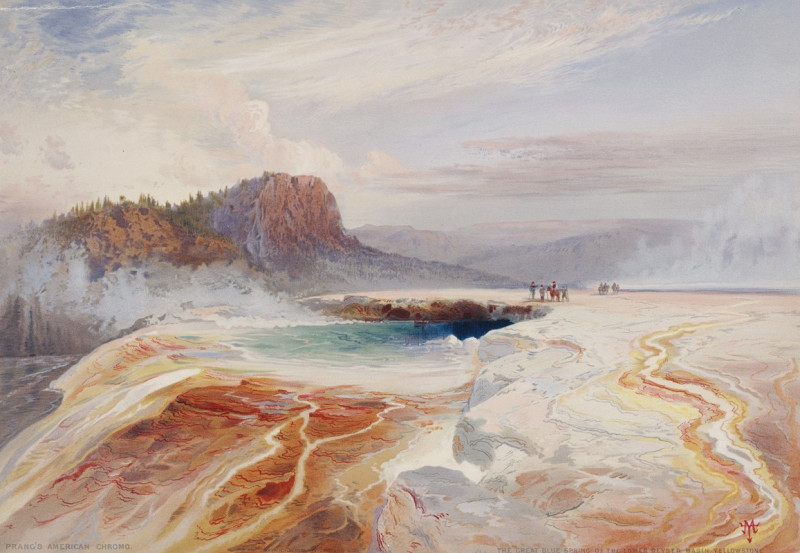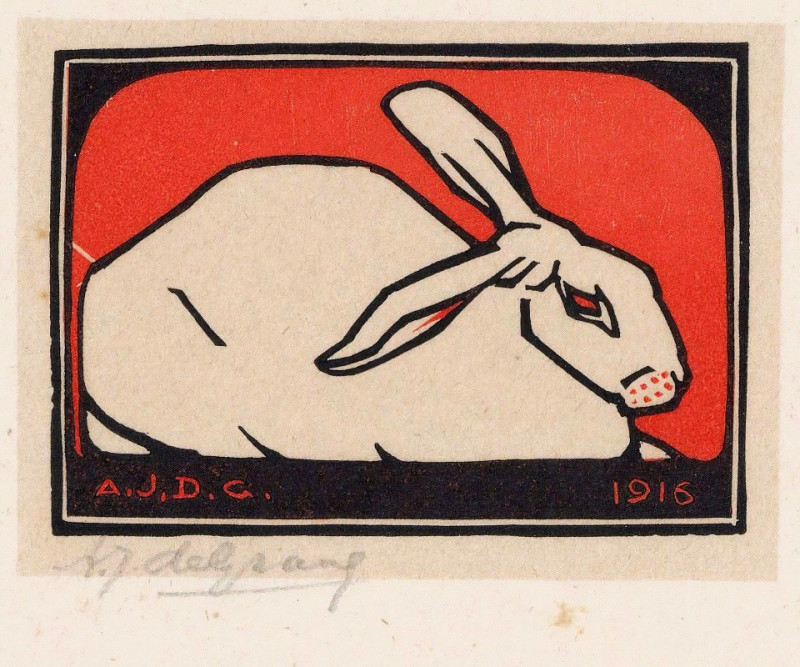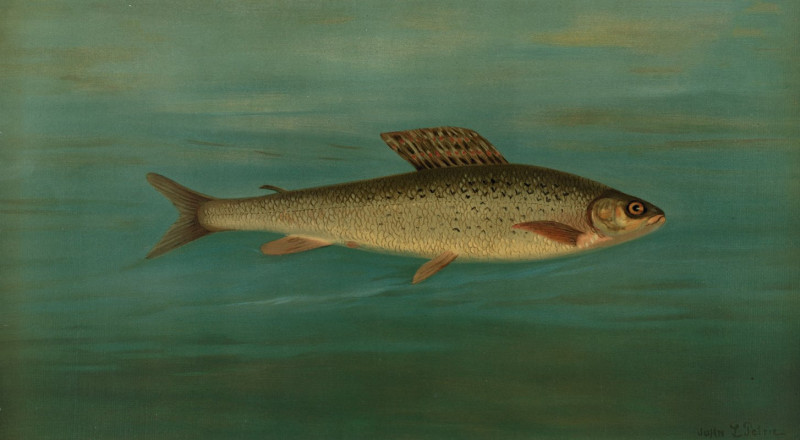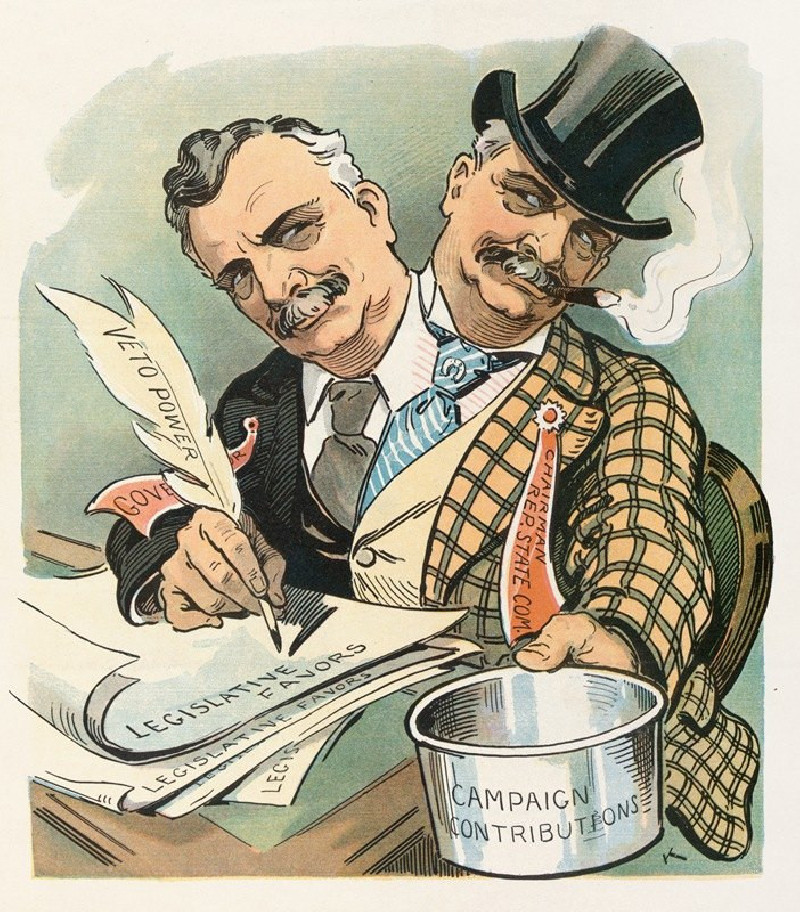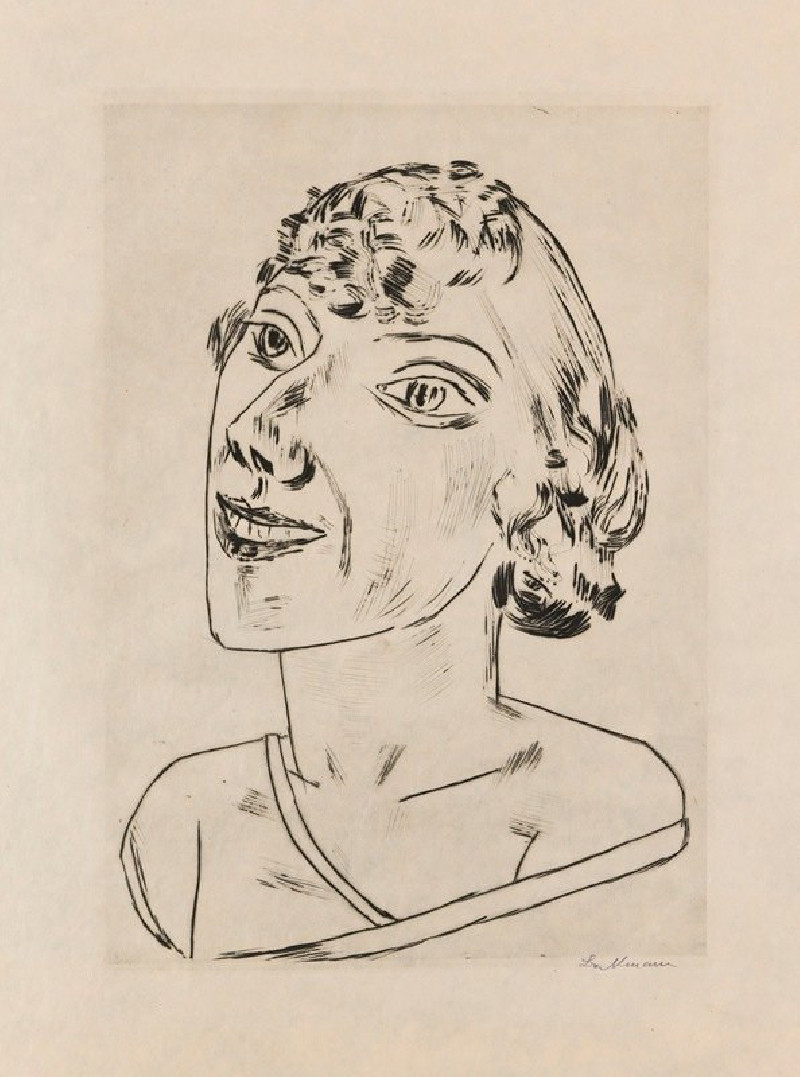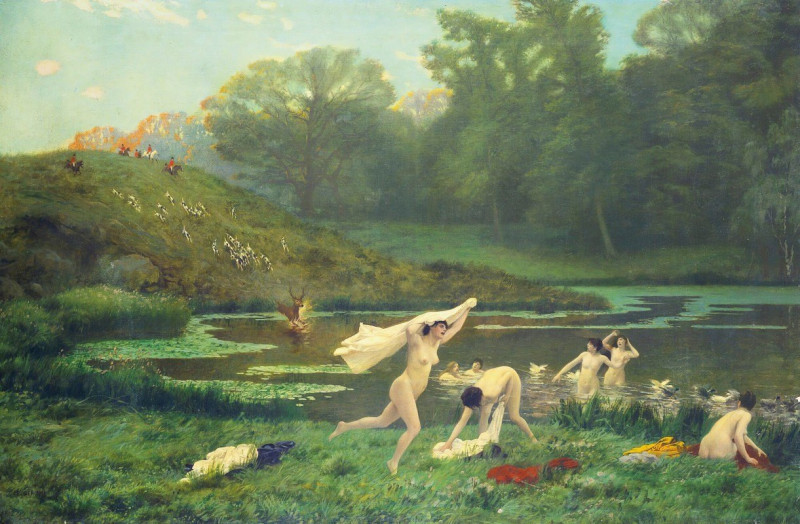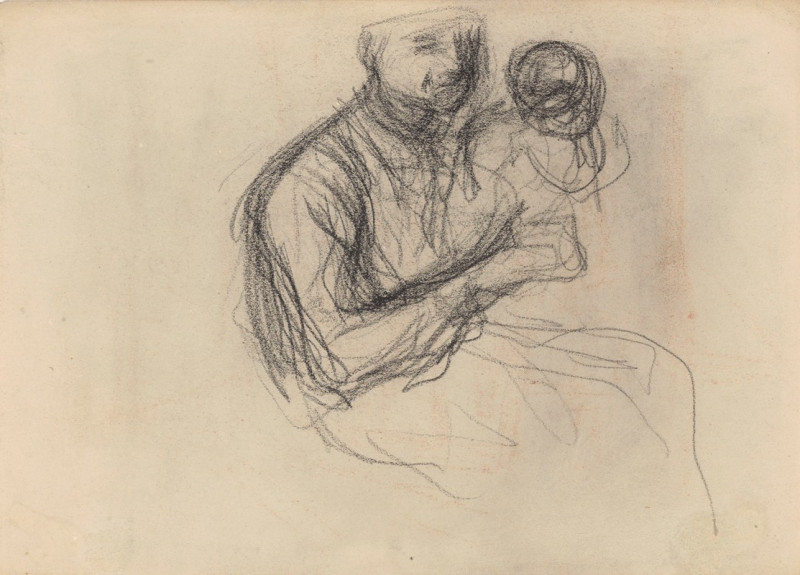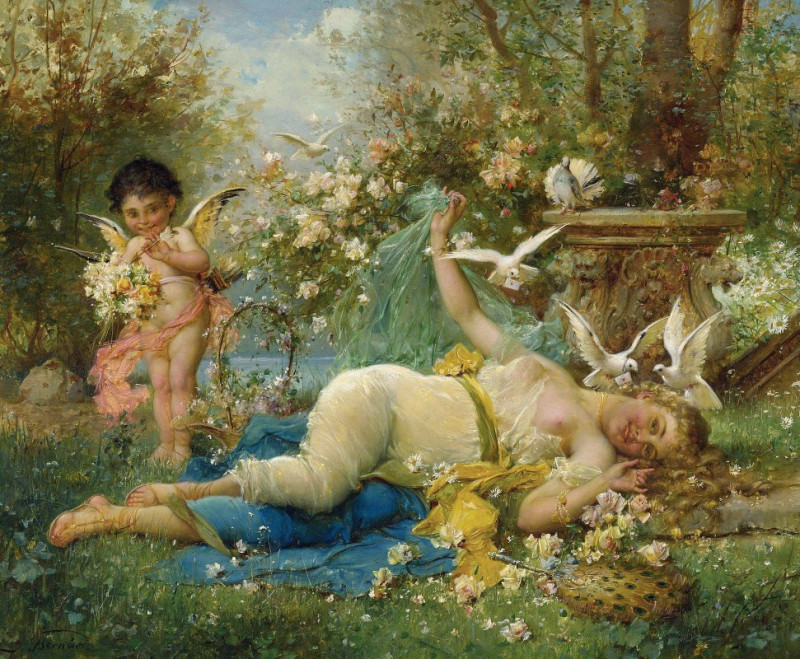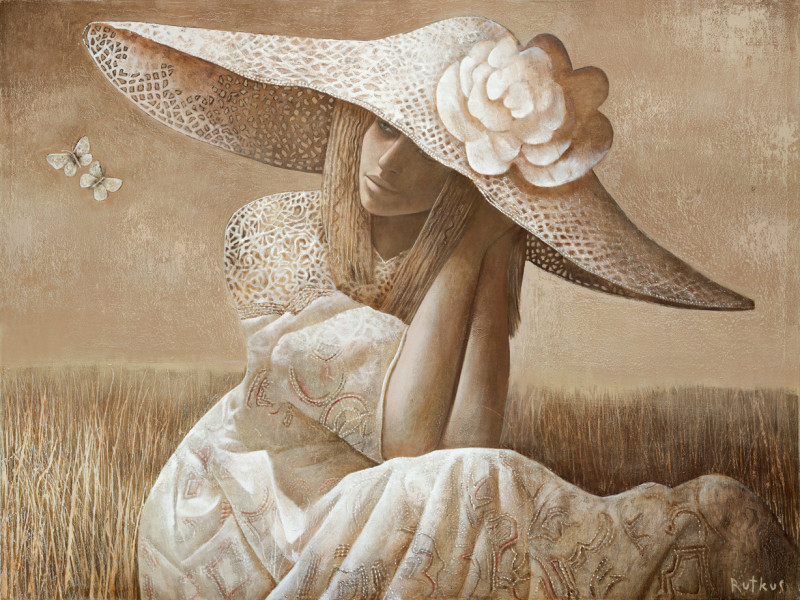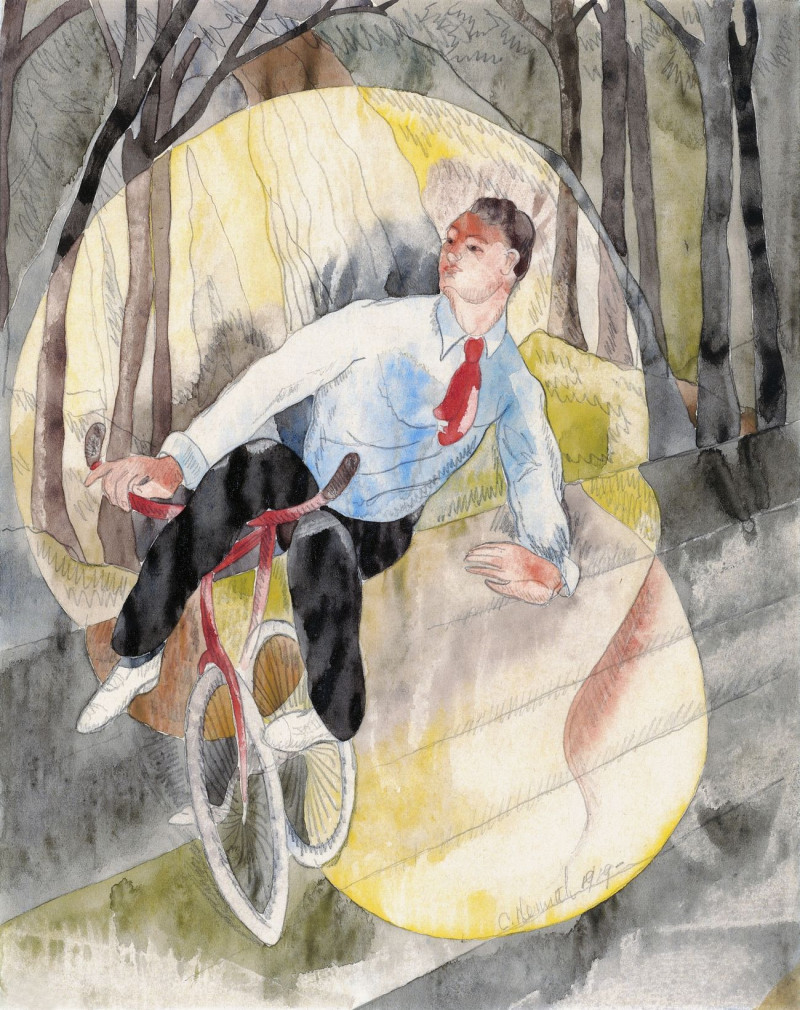Die Blumenterrasse im Wannseegarten nach Norden (1924)
Technique: Giclée quality print
Recommended by our customers
More about this artwork
Max Liebermann's vibrant painting, "Die Blumenterrasse im Wannseegarten nach Norden" from 1924, captures the vivid essence of a sunlit garden at his summer home on the Wannsee Lake. The artwork is an example of Liebermann's transition from realism to impressionism, where he masterfully plays with light and color to evoke the serene atmosphere of his beloved retreat.In this painting, we are welcomed into an intimate garden scene marked by a cascade of red and pink flowers stretching across the canvas. The foreground is dominated by these bright, loosely painted blooms set against a rich tapestry of green grass and foliage. Liebermann's brush strokes are bold and expressive, contributing to a sense of dynamic spontaneity and natural growth within the garden.Toward the background, dense clusters of trees rise upward, their forms blurred and abstracted, emphasizing the play of light and shadow rather than detailed forms. This technique draws the viewer’s focus back across the terrace, allowing them to experience the depth and expansiveness of the landscape. The overall effect is one of immersion in a lush, vibrant environment that seems both a celebration of nature’s beauty and a personal reflection space for the artist.
Delivery
Returns
Max Liebermann was a German painter and printmaker of Ashkenazi Jewish ancestry, and one of the leading proponents of Impressionism in Germany.
The son of a Jewish fabric manufacturer turned banker from Berlin, Liebermann grew up in an imposing town house alongside the Brandenburg Gate.
He first studied law and philosophy at the University of Berlin, but later studied painting and drawing in Weimar in 1869, in Paris in 1872, and in the Netherlands in 1876–77.

